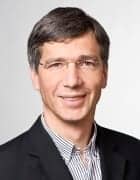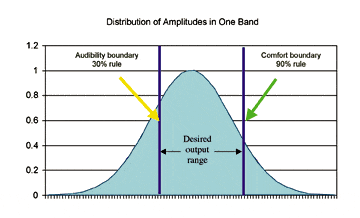
BCCN Munich is part of a network initiated by the German Federal Ministry of Education and Research (BMBF) in 2004. BCCN announces that promoting collaboration at the interfaces where biology, physics, medicine, computer science, and electrical engineering meet sets the stage for advances that benefit society. One area of study among BCCN partners is hearing loss, which contributes to social isolation and a host of other problems in our aging society. To make solutions such as cochlear implants and hearing aids more effective, scientists at the Bernstein Center are studying the entire chain from acoustics to neural information processing and perception.
“Like other important initiatives that enable us to address the grand societal challenges, the Bernstein Center pools core competencies of TUM – ranging from computer vision to human hearing, and from neural prostheses to human-robot interaction,” said TUM President Wolfgang A. Herrmann, PhD. “Moreover, it connects TUM expertise with other leading institutions in the Munich area and beyond.”
BCCN reports that nine TUM professors have been active in BCCN Munich. Three of these – Drs Werner Hemmert, Bernhard Seeber, and Bernhard Wolfrum – are Bernstein Center professors hired with support from the BMBF. All three are members of TUM’s Department of Electrical and Computer Engineering.
“For me, the Munich Bernstein Center is the bridge to the medical department and the biologists,” said Werner Hemmert, PhD, whose research and teaching are focused on bio-inspired information processing. Hemmert’s group acquires data from patients with cochlear implants and physiological recordings in animals to evaluate models of auditory processing in the brain. Hemmert reports that the group develops instruments that patients need, such as sensitive amplifiers or current sources for electrical stimulation. One of Hemmert’s projects involves close collaboration between experts from biology, medicine, and electrical engineering, and aims to improve binaural hearing for people with cochlear implants.
The ability to address neuroscientific questions with an interdisciplinary approach is the greatest strength of BCCN Munich, according to Bernhard Wolfrum, PhD. His research focus is neuroelectronics.
“The complementary backgrounds of the participating partners make it possible to carry out joint projects that span aspects of modeling and device engineering, as well as both in vivo and in vitro experiments,” Wolfrum said. “My own research on bioelectronic interfaces profits greatly from the interactions with experts in life science, which drive developments for future on-chip neuroscience applications.”
Bernhard Seeber, PhD, who investigates the impact of hearing impairment on auditory perception and audio information-processing approaches to improve hearing devices, also cites mutual advantages gained through cooperation with scientists who approach neuroscience from different angles. This comes into play, he says, in modeling the electric stimulation of the auditory system with cochlear implants, in testing patients with hearing impairment, and in the use of acoustic virtual reality for research on hearing and hearing devices.
Source: BCCN; TUM, LMU









